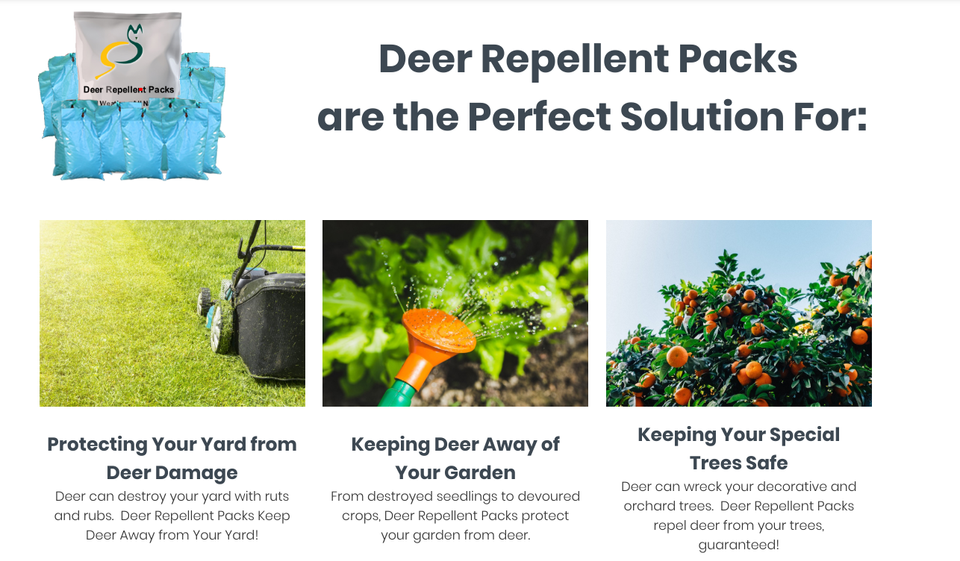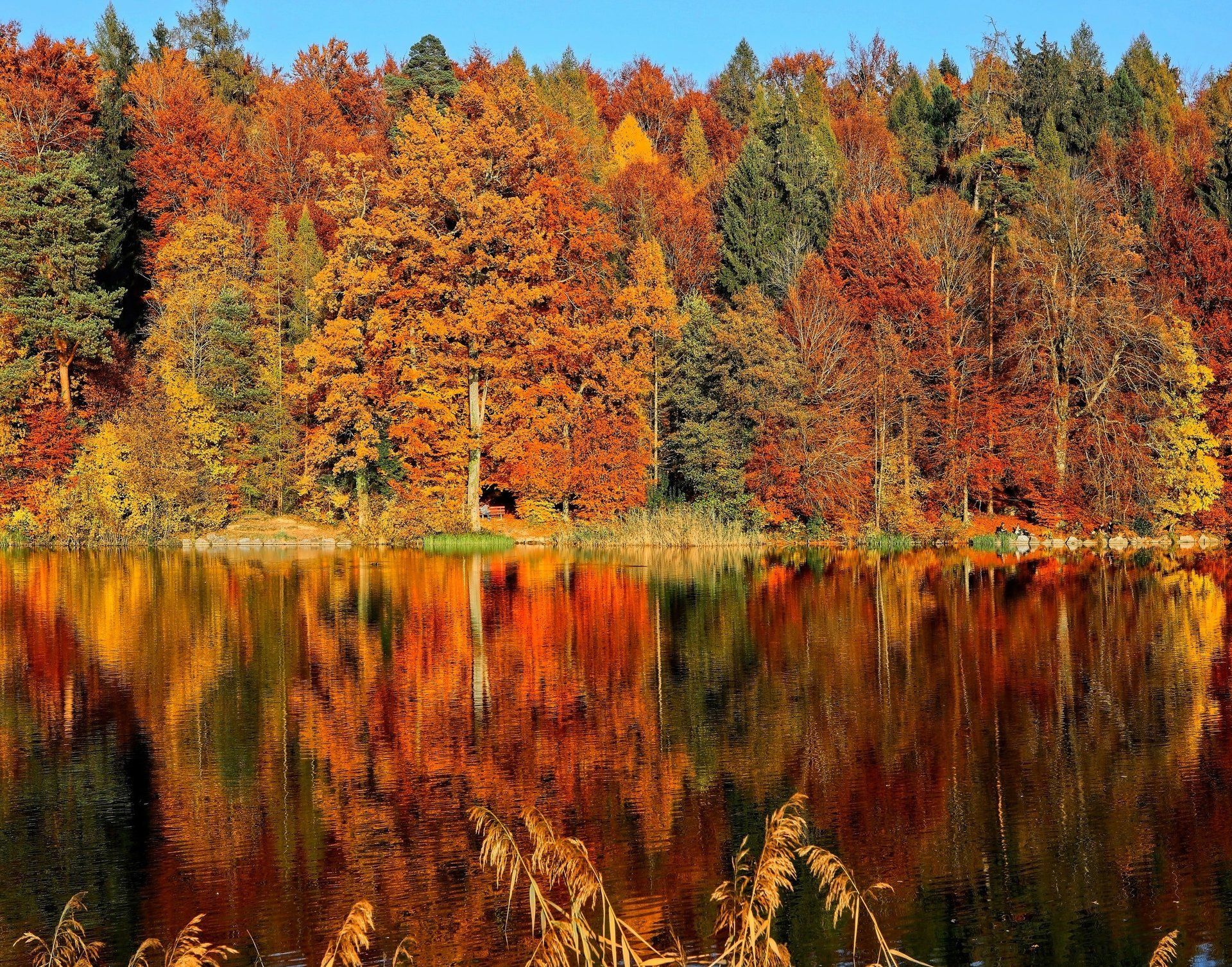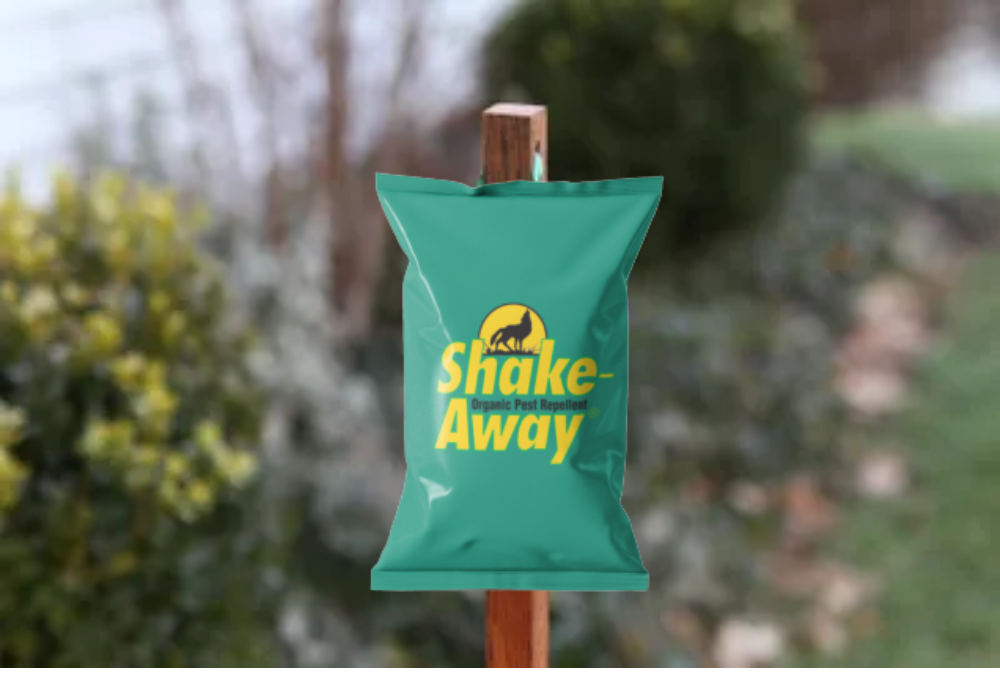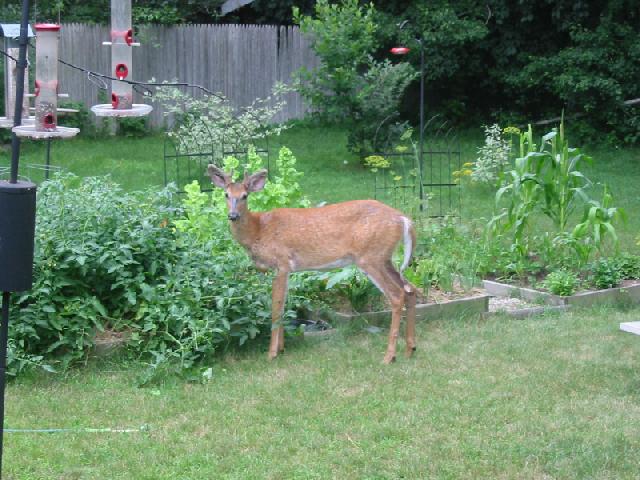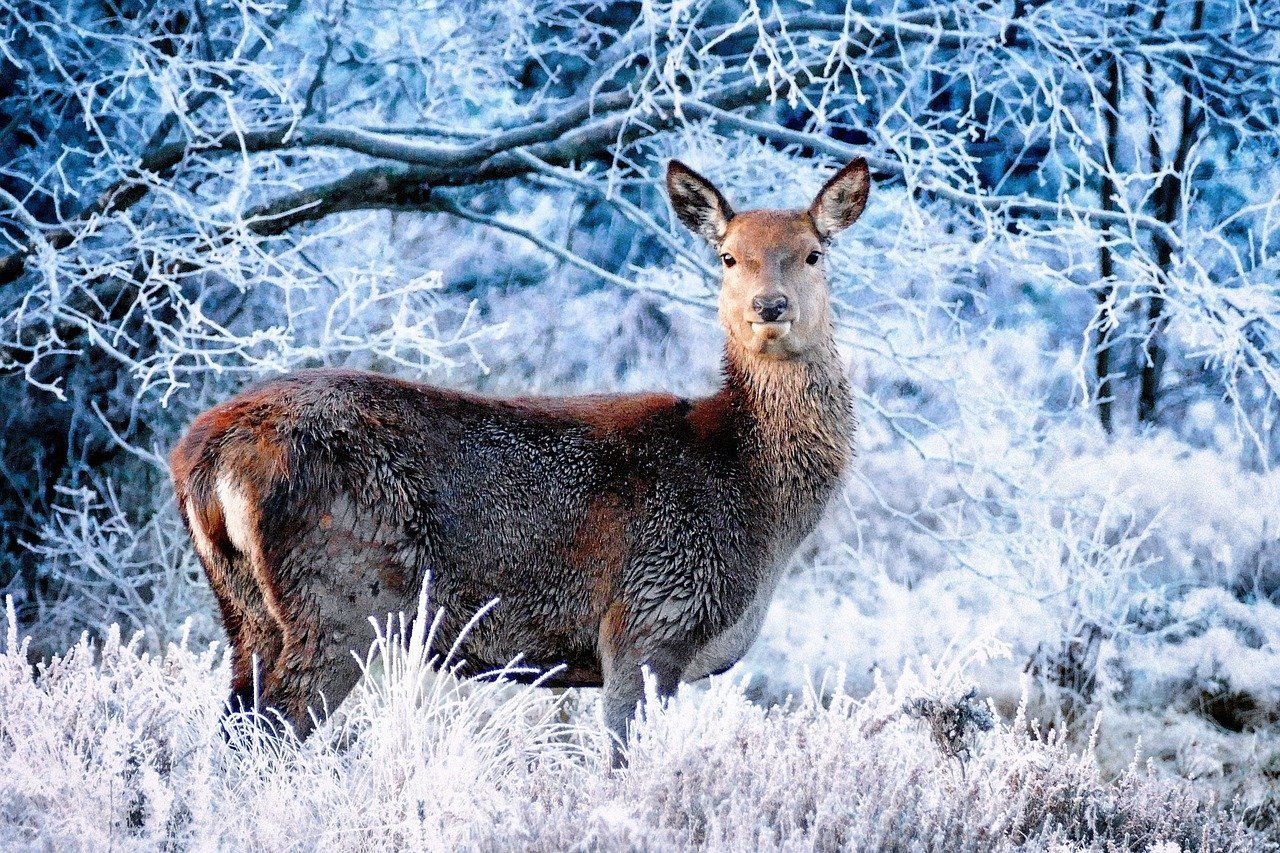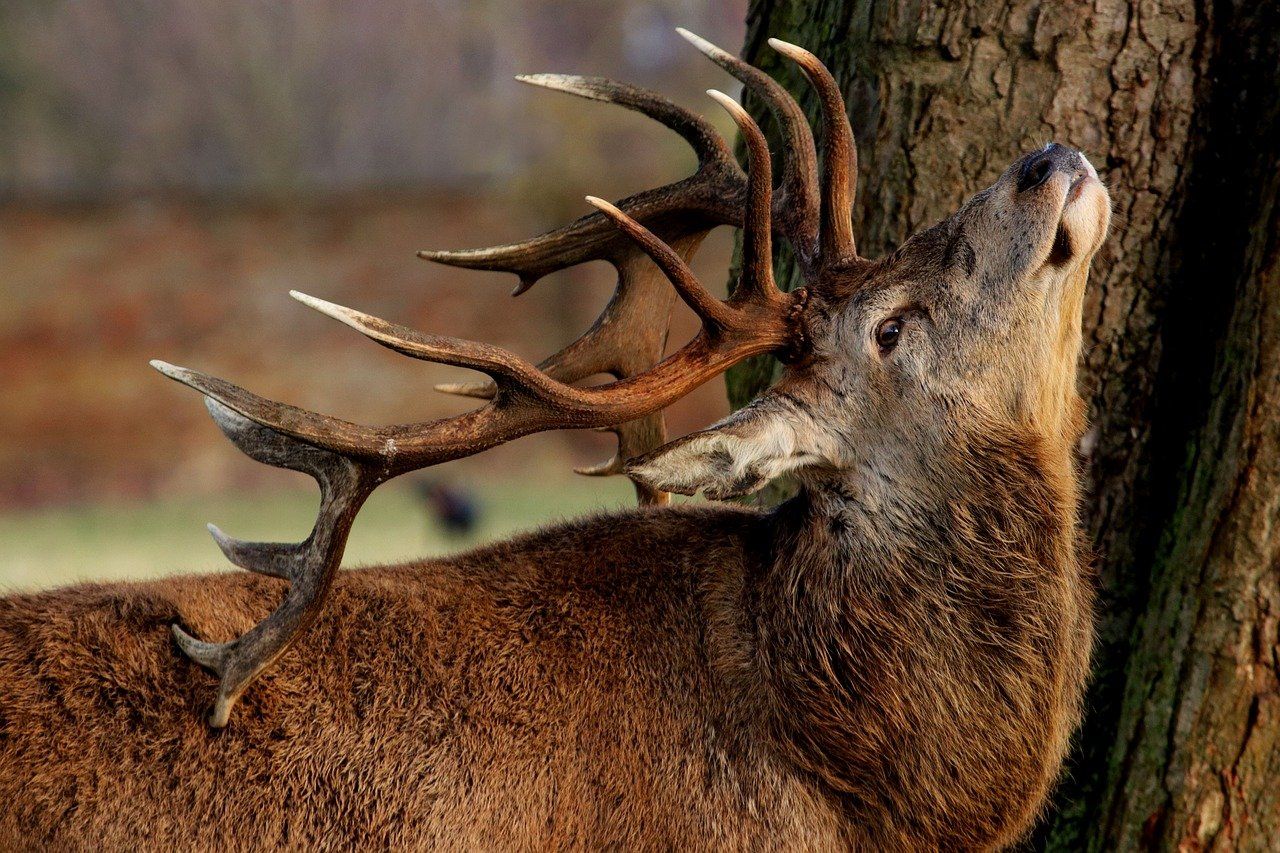How Deer Defend Themselves from Predators
Deer Have Many Defense Tools Including Avoidance
When we think of deer, the first thing that tends to come in mind is that adorable little Bambi, made famous by Disney. So many of us think of deer as defenseless and timid creatures as we are so used to seeing them as such graceful creatures meandering through forests and meadows. As most deer tend to demonstrate the flight response when they come into contact with humans, that doesn’t mean that they don’t have a strong fight instinct too.
If a human were to fight a deer, without the use of a weapon, the deer will surely when, especially when that deer is a full-grown buck.
During the winter season, you will commonly see deer traveling in herds. This herding behavior helps to keep them safe from predators as they use their instinct, which tells them that they will be safer in large numbers versus out on their own. Does (female deer) will be quick to defend their offspring by hiding the fawn in the brush while the doe goes foraging for food. The fawn is often left alone for hours at a time while the mother is in search of food, but will keep itself hidden until the mother comes back.
Their mother will protect these young deer until just after one year, at which time she will push them off out onto their own. At this point, once the mother has left her young to fend for themselves, she will go on again to mate and have yet another litter, and the cycle will repeat.
Deer use their Hooves, Antlers, and Scent as Defensive Mechanisms
Deer will always seek to mark and protect their territory; this is a natural instinct that is leveraged to deter predators and other bucks. Unless it is mating season, mother deer will seek to keep bucks away as a way of protecting their young fawns.
Bucks, on the other hand, will rub their velvety antlers onto trees to mark their territories. This process of rubbing the velvety hairs that cover the protruding bones that comprise the antlers, releases a musk into the air. This musky scent serves to warn other animals of the buck’s presence and it can also serve as a beacon, beckoning to a doe in the area during mating season. Unfortunately, while this musk can offer some protection, in other cases it can create harm as it will also inform larger animals that their prey is nearby.
Aside from using scent as protection, bucks will use their large antlers as a means of defense and offense, but also for play. It is common for an aggressive buck to rush at another buck during the mating season. The antlers of the two bucks will lock together during their battle, and the attacking buck will try to work the other buck into submission. Unfortunately, this method of play and fighting can be dangerous as indeed there are occasions where the antlers will get stuck together, and the bucks are unable to disentangle themselves which results in death from starvation. While this is rare, it does happen.
Bucks will also use their antlers also to defend themselves against other predators, assuming the deer does not run first. Since a deer can run up to 40 miles per hour, the flight is actually a rather effective defense strategy. But, if the deer is unable to flee, the deer may raise up on its hindquarters like a horse, ready to fight against the predator. The buck then uses his large hooves to help defend himself.
Deer have many natural threats
Deer do have several threats including dogs, wolves and coyotes, mountain lions and bobcats, and the bear. Deer use their good vision and excellent hearing to alert themselves to a potential threat, and then also uses their natural coloring to help blend into their environment. Importantly, deer have a very keen sense of smell that they use to detect the presents of predators. Natural deer repellents like Shake-Away Deer Repellent take advantage of that sensitive nose and fear of predators.


